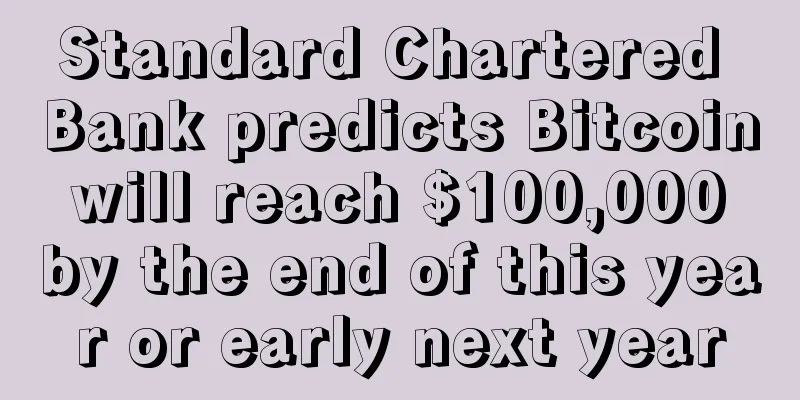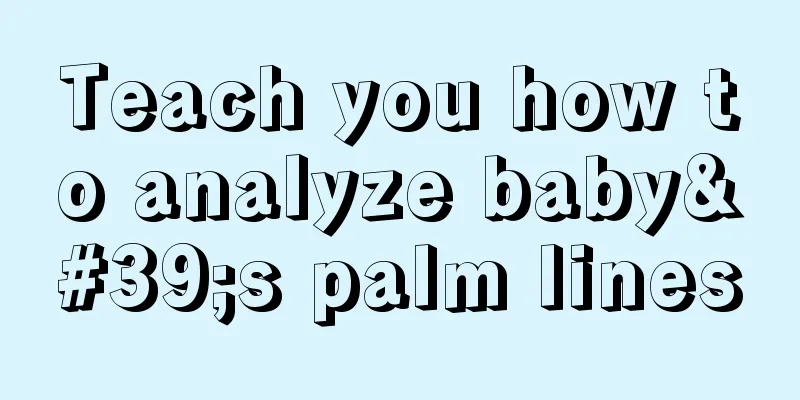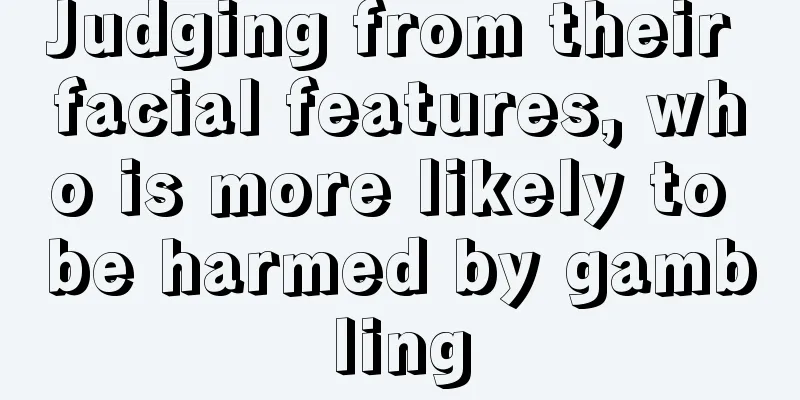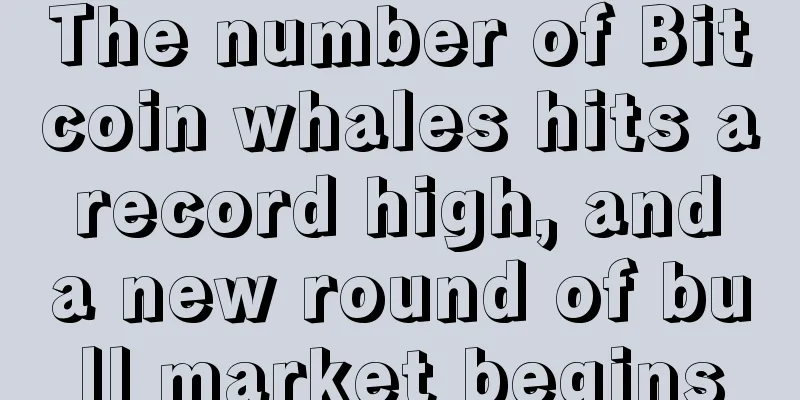Yale University scholar: There is no bubble in the Bitcoin market
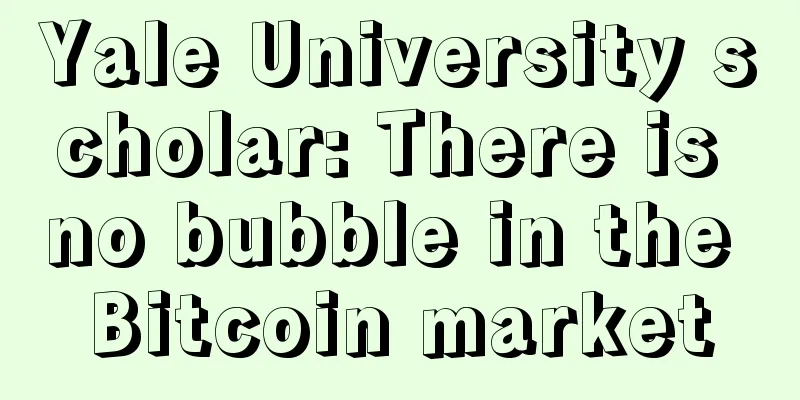
|
Vikram Mansharamani, a lecturer in ethics, politics, and economics at Yale University, recently published an article explaining why Bitcoin is not a bubble . Is there a Bitcoin bubble?Mansharamani is also a senior fellow at the Harvard Kennedy School and the author of Boom-Bust Studies: What Happens Before a Financial Bubble Bursts. He recently asked in a LinkedIn article: Is the Bitcoin bubble about to burst? In his best-selling book Bubbles & Crashes, he developed a systematic framework for locating bubbles. This method is based on five major angles to make a probabilistic assessment of the upcoming crash. (Yale University scholar Vikram Mansharamani) The point of this book is that only by adopting a multidisciplinary analysis perspective can we better understand an economic cycle from prosperity to depression. The five perspectives used to locate bubbles are: microeconomics, macroeconomics, psychology, politics and biology. Mansharamani calls check a bubble, blank lens means there is no bubble, and half-check is in between the two states. However, he made several mistakes in his analysis of the Bitcoin market, which I have already pointed out on Twitter and will explain in detail below. Microeconomics Mansharamani explained:
He cited the classic efficient market theory and borrowed George Soros' (American financial economist) Theory of Reflexivity to propose improvements. So the question essentially becomes: is the rise in Bitcoin price accompanied by higher (volatile market) or lower (efficient market) market demand? Mansharamani said the evidence for this is mixed. He believes that as a safe-haven asset, demand for Bitcoin will increase during economic and political crises, regardless of whether the price of the currency rises. (He cited the rise in the price of the currency after Brexit as an example.) In recent times, trading volume has begun to decline. Conclusion: Half-Check Macroeconomics The second angle involves the effects of debt and asset price leverage. He pulls some of this directly from his book:
He wrote in his LinkedIn article:
Conclusion: Blank psychology He wrote:
This is vividly demonstrated in the field of Bitcoin. Peter Thiel, Henry Blodget, Kim Dotcom and other outstanding talents from Silicon Valley have predicted that the price of a single Bitcoin will rise to Conclusion: Check Political Science What impact does the government's regulatory policy have on the asset market? Regulatory policies can affect the price of any asset, and its supply or demand will also change. At the same time, any asset has moral hazard (the risk that the insured may be unreliable).
Conclusion: Blank biology
Conclusion: Blank Mansharamani's analysis summaryHe explained:
I used a traffic light that changes color to present the analysis results. Green means there is no sign of foam; yellow (amber in the picture) means foam is about to form; red means foam already exists! This result is similar to Vinny Lingham's analysis. There is no bubble at present, but once the price reaches
Correction of Mansharamani's analysis resultsI corrected several errors made by this researcher regarding his analysis of the Bitcoin market. Correction 1: Microeconomics The question he poses is whether the rise in Bitcoin price is due to higher (volatile market) or lower (efficient market) market demand? He uses exchange trading volume to analyze demand and activity. He noted that trading volumes have decreased recently, concluding that demand has fallen as prices have risen. Data on trading volume has always been fuzzy. Due to leveraged trading and zero-fee policies, Chinese exchanges once accounted for 90% of global trading volume. After the People’s Bank of China (PBoC) announced a ban on margin trading in January, and Chinese exchanges stopped offering zero-fee trading, global bitcoin trading volumes took a hit, even as the price of the currency continued to rise (with a few short-term dips). However, except for China, exchanges in other countries have always charged normal fees, so there is no so-called heavy damage. Therefore, global trading volume is not the best way to measure demand. Transactions and transaction fees are more effective data. As the price of the currency rose after June 2015, both of them were on the rise. Therefore, the analysis result from this angle should be switched from Half-Check (between foam and non-foam) to Check (foam). Correction 2: Macroeconomics This angle is also related to leverage. The researcher wrote:
However, before January this year, there was a very extreme phenomenon of leveraged trading on Chinese exchanges. The South China Morning Post once described this crazy phenomenon:
According to the South China Morning Post, before the market crashed, the trader borrowed 9.95 million RMB from Huobi, using his 409 Bitcoins as collateral, to buy 1,228 Bitcoins. In addition, Bitcoin futures exchange BitMEX still provides leveraged trading services. However, China has banned leveraged trading, and BitMEX's trading volume accounts for a relatively small proportion of global trading volume. Therefore, the analysis result from this perspective should be that it was Check (bubble) before January 2017, and it is blank (not a bubble) now. Therefore, Bitcoin's final score should be two points, half a point higher than the original analysis result. In other words, there is no bubble in the Bitcoin market right now, but we are heading towards one. Here is my adjusted summary of the researcher’s analysis: |
<<: Bitcoin users beware: U.S. customs agents step up searches of travelers' cell phones
>>: Is giving or receiving Bitcoin considered “commercial bribery”?
Recommend
Men with prominent cheekbones have better career luck
Men with prominent cheekbones tend to be more con...
Which opposite sex is most compatible with you according to your face
Ever since everyone fell in love for the first ti...
How do financial models explain Bitcoin's price action after the halving?
Bitcoin is halved every four years. The current r...
What does it mean for a man with thin lips?
The mouth is one of the five facial features and ...
What does a mole in the fate palace mean? Analysis of facial features of a mole in the fate palace
The Life Palace is a very important part among th...
What does it mean for a man to have a mole on his forehead? He will have a successful career and a bright future!
What does it mean for a man to have a mole on his...
zano coin - uses a hybrid consensus algorithm, ProgPowZ (Zano) algorithm, and can be mined by graphics card miners
Total: Of the approximately 17.5 million Zano tok...
Singapore updates cryptocurrency tax guidelines, amateur miners exempt from tax
On April 17, the Inland Revenue Authority of Sing...
The wolf is coming? Big short Citron will continue to short ETH
Recently, Citron Research, a well-known short-sel...
Illustration of the face of a woman who is very rich in this life
Wealth and honor are the lifelong pursuit of many...
Blockchain Industry Investment High-end Forum: Blockchain is an upgraded version of financial technology and a strategic opportunity
On August 17, the "2016 China Blockchain Ind...
These facial features are most tolerant of lovers' shortcomings.
When young people nowadays fall in love, many of ...
What are the moles that will cause peach blossom disasters?
What are the moles that will cause peach blossom ...
People who are destined to have a miserable life.
People's fate is determined by heaven. Some p...
Guo Weicheng, founder of Panda Miner: Deeply cultivating the industry and making mining easier - Exclusive interview with Mining.com
Five years is enough time for a person to do a lo...
